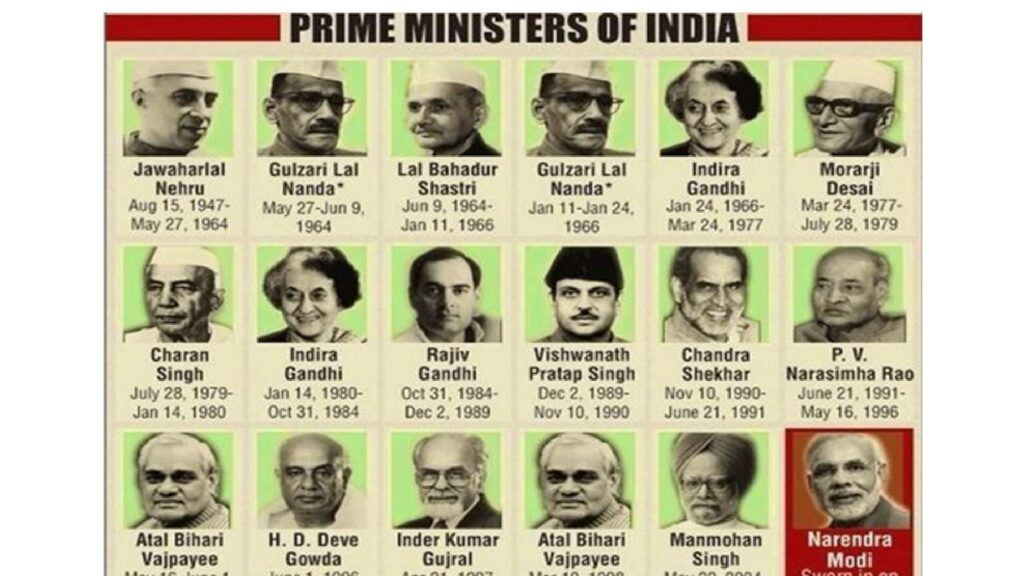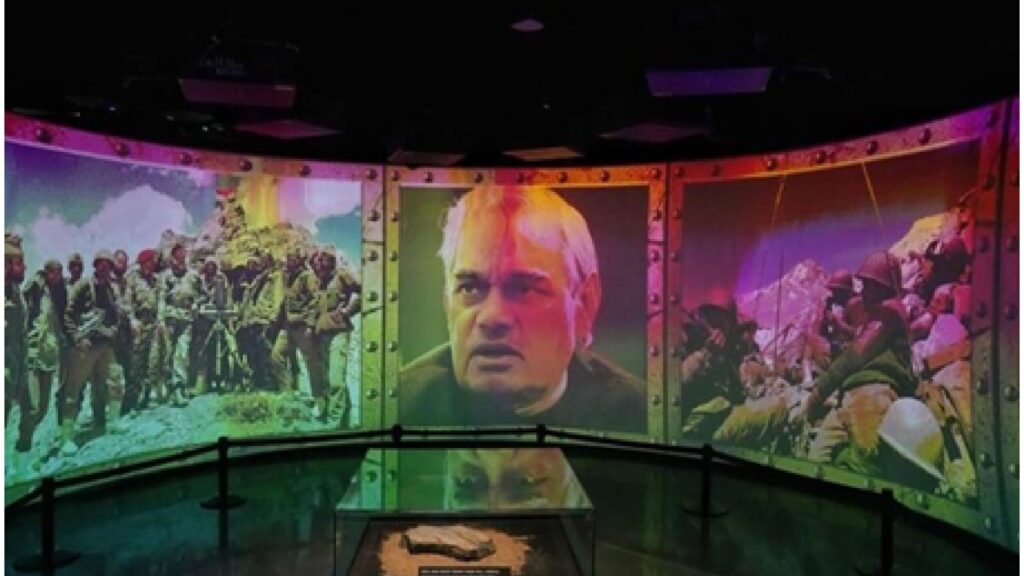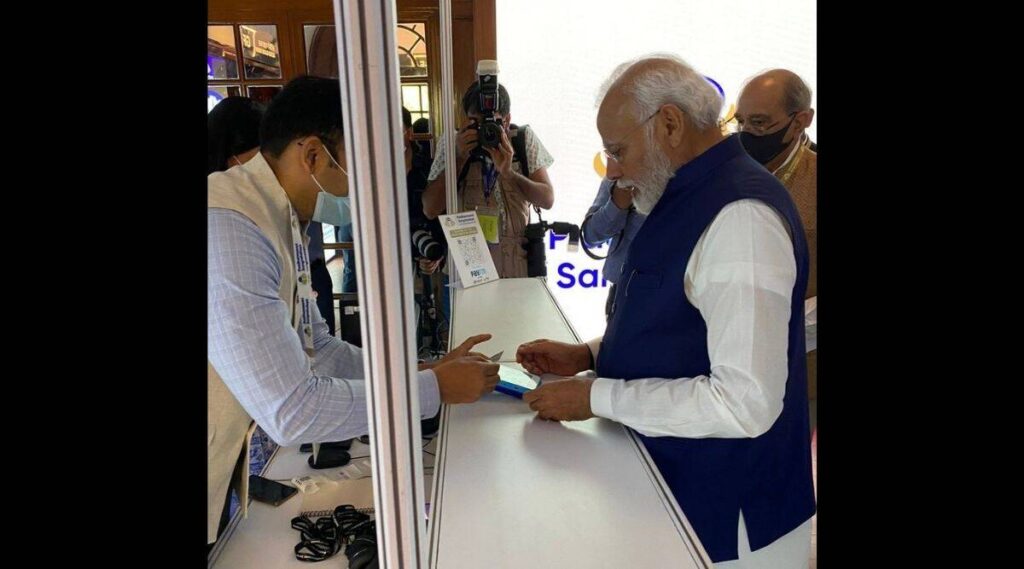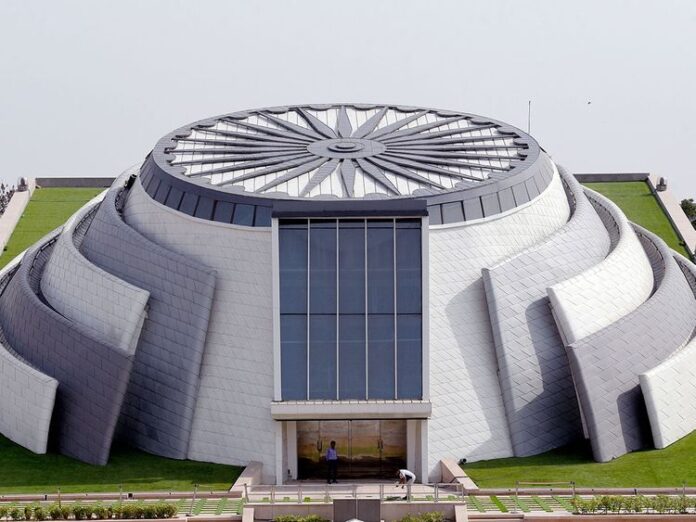On the birth anniversary of B R Ambedkar last week a museum on Prime Ministers of independent India was inaugurated at the same Teen Murti premises where the first PM Jawaharlal Nehru lived. The government should be complimented for the idea to inspire the country men. It should however have entrusted the responsibility to an independent group of eminent personalities (instead of an incumbent PM taking up the task). Also that would have avoided impression that the idea is taken up now to deprive the Nehru Memorial Museum and Library which has become over the decades a valuable referral for contemporary history and a prestigious place to debate and deliberate issues of national significance. Even more, such initiative of a museum for PMs should prompt pride in citizens, inspire them and point good precedents that successive PMs had taken.

Inaugurating the museum, Prime Minister Modi had well-articulated the significance of the idea. While referring to the contribution of every PM “towards achieving the goals of constitutional democracy”, PM Modi said that “every government since has contributed in taking the country to the heights it is at today”. He further assured that “the museum would serve as an inspiration at a time the country is celebrating 75 years of independence”. He also reminded India’s “proud tradition of strengthening democracy”. That is how we should feel proud of our leaders who held constitutional positions.
Also read: ‘The New BJP’ helps understand India
Criteria to asses
The entry fees to the museum is kept at Rs.100. And, interestingly, visitors can get a letter from a former PM of their choice at an additional cost of 20 with signature. But, how should the visitor or even the public, view this museum of past PMs? It cannot be just a photo exhibition. Something has to be informative and inspiring. One criteria or yardstick could be how each incumbent Prime Minister had ensured the constitutional authorities, like the Election Commission of India, perform at its best as independent agency, enriched it with good precedents for the successors and how the constitutional conventions were upheld. Of the 14 PMs we have so far, the first one Jawaharlal Nehru served 16 years and later Indira Gandhi for 15 years. Four PMs served two consecutive terms. Morarji Desai served for two years with distinct grace. Five served as PM hardly for a year. G L Nanda acted twice as PM each time hardly for two weeks. (Even after serving in the union cabinet, Nanda was thrown out of a room in Ahmedabad on his retirement for delay in paying the rent). Equally interesting is that while some PMs were elected as an outcome of the general election, others had become by mobilising the numbers in post-poll maneuvers. Does the Museum of PMs reflect these different features?
Also read: Access to ‘New Media’ means much more in villages…the case of Mudunuru
Incumbent lost power seven times

Out of 17 general elections so far, the incumbent PM had lost power seven times. The incumbency factor is unleashed when the leader of the party in power is threatened of return to power after the first term. Incumbency is about using the powers of the government to retain electoral fortunes even ignoring or bypassing the electoral obligations. An analysis of the seven PMs when the incumbent failed to come back brings out that it was an inherent fallacy to reflect them by an another incumbent years later. All that the Constitution expects is to get elected free and fairly. It should be this tradition that should be remembered on visit or referred in a museum. Inspiration has to come from such precedents apart from the policies and programmes.
Also read: Simplifying public policies for a larger public without losing focus
Of the seven incumbents who lost the election, only two would be recalled for their distinct deeds reminding what or why democracies need to be concerned about. The others were either hardly in power beyond a year or were holding a minority govt. The Prime Minister of the minority government (P V Narasimha Rao) in 1991 too had taken certain laudable measures.
Of all seven incumbents, only Morarji Desai could be credited for prompt action to prevent misuse of the government by political leadership to retain or cling on to power. In 1978, Desai had asked the ECI to specifically include in the model code of conduct a section on misuse of office for political advantage so that it became difficult for any other incumbent to repeat what the incumbent Indira Gandhi did in 1975–77 in the wake of National Emergency in the country. He, of course, also had promptly brought in a constitutional amendment to remove any provision for internal emergency of the kind Indira Gandhi had brought in 1975.
Two glaring examples of incumbency

The elections in 1975–77 and 2019 are two glaring examples of incumbency but with different outcomes, the context being altogether different. Would this museum of PMs enable visitors now to judge their merit too? For example, the 1975–77 elections were to see that opposition parties or their leadership pose no threat to the incumbent. These actions include boycott of popular singer Kishore Kumar’s songs from AIR and DD (as he refused to endorse Emergency), and abruptly screening a popular film, Sholay, on the only source of entertainment at that time, Doordarshan, coinciding a massive rally of Lok Nayak Jai Prakash Narain at Delhi’s famous Ramlila Maidan. A third example was about Kissa Kursi Ka, a feature film made to expose the deeds of Sanjay Gandhi during emergency. Then there were glaring instances of misuse of news service of All India Radio and the Field Publicity units which were asked to screen films politically advantageous ones. An intriguing example of misuse of AIR news service was when it broadcast a fake midnight gun shots at Sanjay Gandhi at Raebareli constituency while the poll process was on.
Also read: Is Future of villages of India at cross roads!
The second example of incumbency was in 2019. It was blatant but intriguing. Unlike the first example of 1975–77 when it was panicky because of open rebellion, confused and arrogance which lead to misuse of powers, the second one in 2019 was rather curious as there was neither a threatening opposition party, nor was there any doubt that the incumbent would come back. And yet the incumbent took series of steps that ECI saw much humiliation and suffered in its credibility. How would the Museum of PM’s inspire the generation-next? It should help the visitors to differentiate the PMs on such deeds as well. The Museum of PMs should reflect on the lessons, precedents that the public could feel proud and inspired too.
Also read: What should India explore next 25 years to have Amrit Kaal by 2047?
Other memorial ideas
To setup yet another museum is easy. But how objectively we reflect and sustain it year after year in another. I recall how Khushwant Singh and I felt about languishing Memorial & Library in Cellular Jail complex in Port Blair and the letter we wrote to the then PM making no difference. Later, I also wrote to PM P V Narasimha Rao about the neglect of Netaji INA Memorial in Moirang, Manipur. I also recall visits along with late Sashi Bhushan to Red Fort complex to follow up on the INA Museum idea in Salimgarh Fort in Red Ford complex. The museum idea followed up after considerable efforts, hardly made a difference either. It is also not clear today what the plans are for Gandhi Smriti (2005) (Eternal Gandhi Multimedia Museum) setup at Birla House in the middle of New Delhi.
(Dr N Bhaskara Rao is a longstanding public policy analyst and author of over a dozen books)





An excellent narrative , congratulations to the writer!